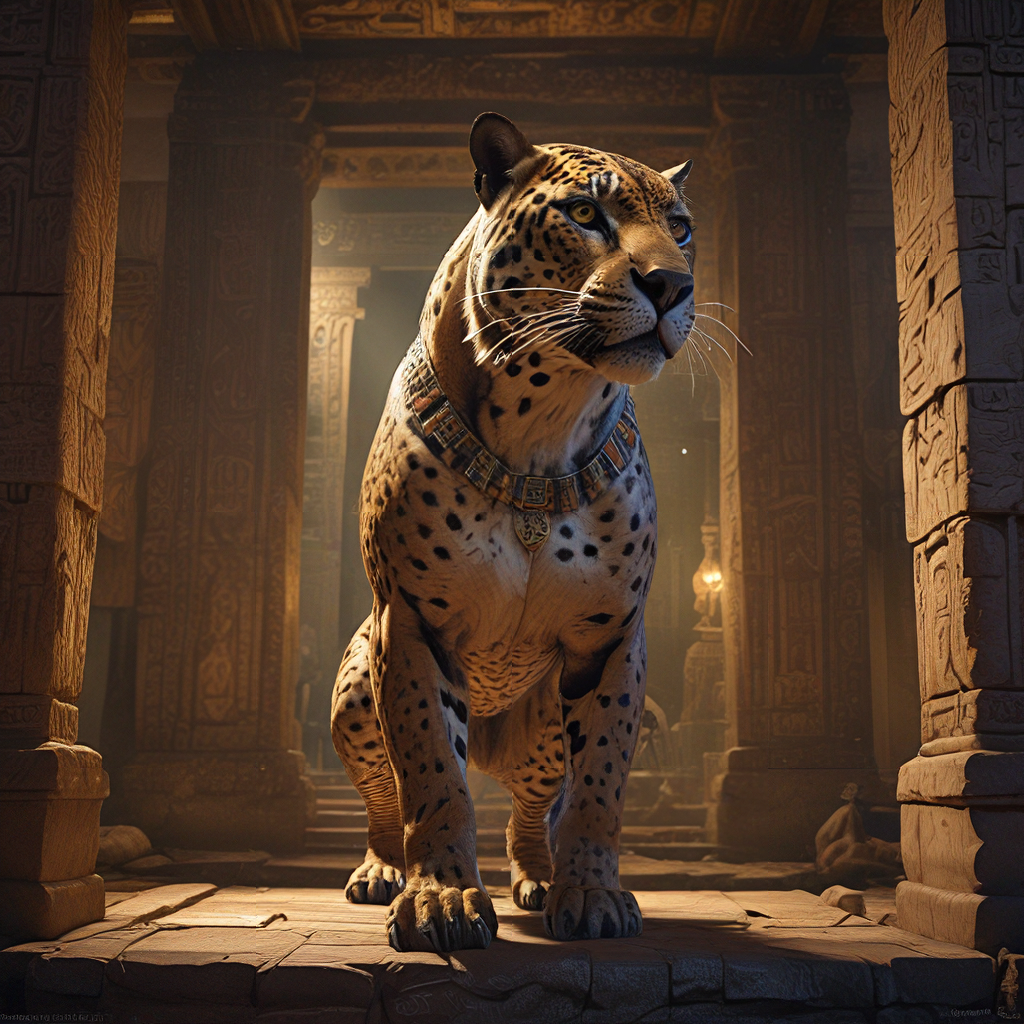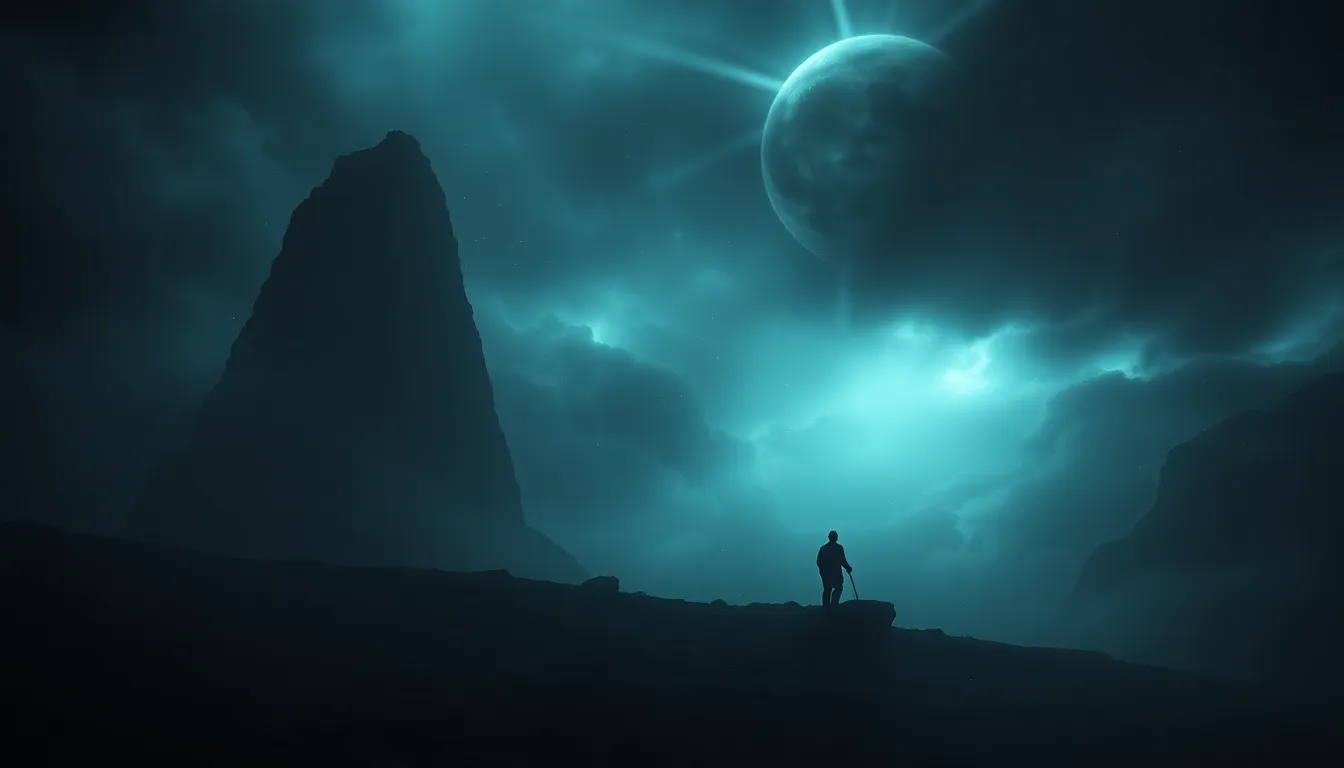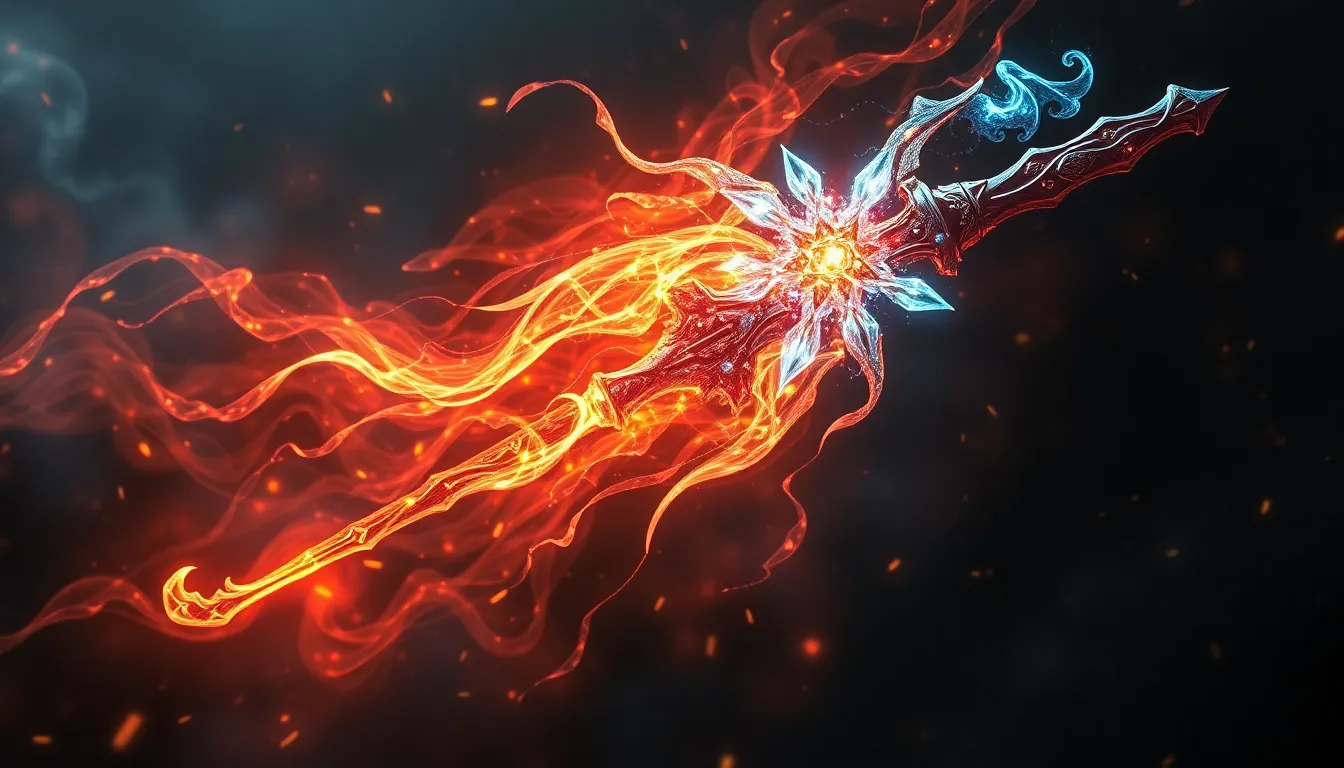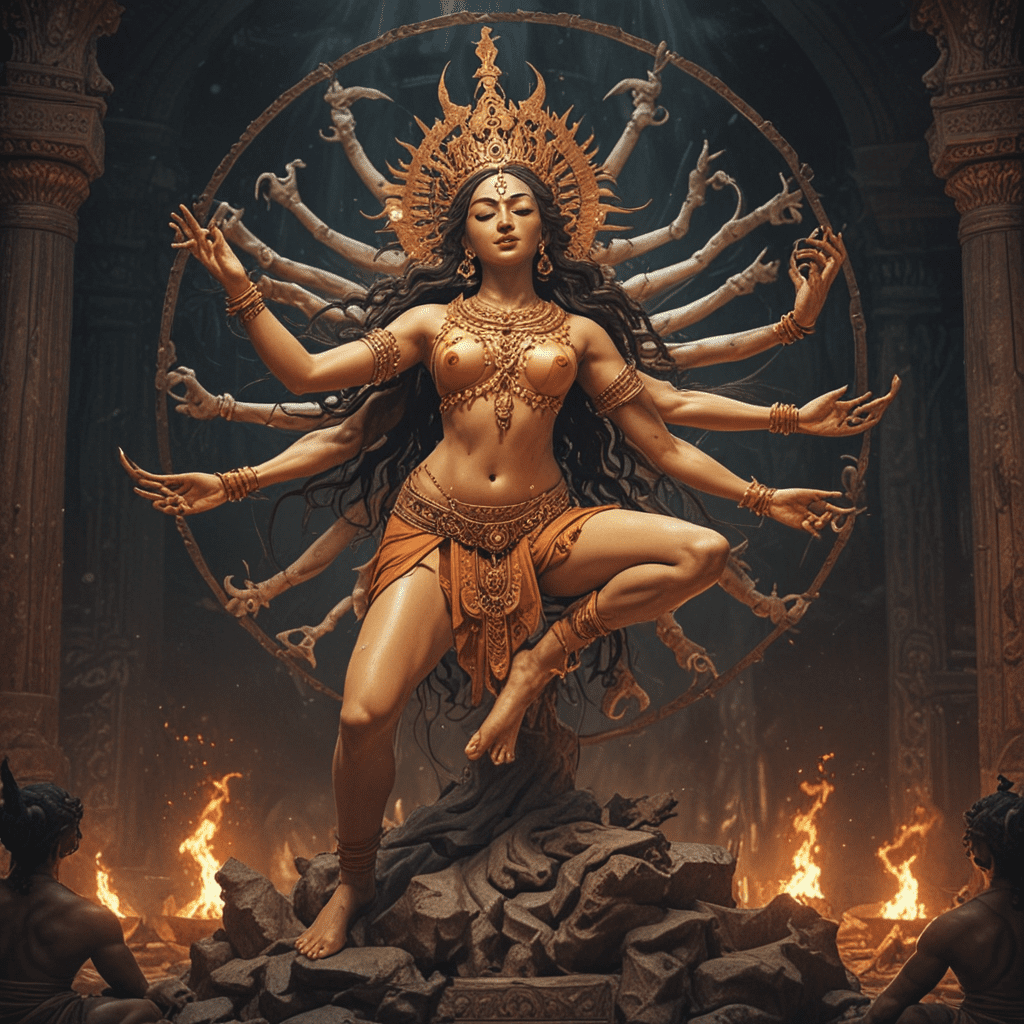The Temple of the Jaguar: A Mythological Guardian of the Night
The Incan Empire, renowned for its sophisticated civilization and intricate mythology, held a profound belief in the power of the jaguar. This powerful feline, often associated with darkness, strength, and the supernatural, played a central role in their spiritual life and beliefs. Among the numerous myths and legends surrounding the jaguar, one stands out: the myth of the Temple of the Jaguar, a sacred place shrouded in mystery and believed to protect the realm from the forces of darkness. This article delves into the fascinating world of Incan mythology, exploring the origins of this ancient myth, the symbolism of the jaguar, and the significance of the Temple of the Jaguar within the rich tapestry of Incan beliefs.
The Origins of the Myth: The Incan Empire and its Beliefs
The Incan Empire, which flourished in the Andes region of South America from the 15th to the 16th centuries, was a highly organized society with a complex system of beliefs. The Inca people worshipped a pantheon of deities, each associated with specific aspects of the natural world and human life. The sun god, Inti, was considered the most important deity, representing life, fertility, and the source of all creation. Other prominent deities included the moon goddess, Mama Killa, and the earth goddess, Pachamama.
Incan mythology was deeply intertwined with the natural world, and animals played a significant role in their spiritual beliefs. The jaguar, with its stealth, power, and nocturnal habits, was seen as a powerful symbol of both the physical and spiritual realms. Its presence in myths and legends reflects the Incan fascination with the forces of nature and the mysteries of the night.
The Jaguar: A Powerful Symbol in Incan Mythology
In Incan mythology, the jaguar was not simply an animal but a powerful spirit with a dual nature. It represented both the destructive and the creative forces of the universe. As a predator, the jaguar embodied strength, ferocity, and the ability to hunt in the darkness. Yet, it was also associated with healing, fertility, and the protection of the realm.
The jaguar's nocturnal nature linked it to the underworld, a realm of shadows and mysteries. This connection made it a guardian of the night, a symbol of power and authority in the darkness. Incan priests and shamans often wore jaguar skins, adopting the animal's attributes to connect with the spiritual realm and access hidden knowledge.
The Temple of the Jaguar: A Sanctuary of Darkness and Mystery
The Temple of the Jaguar, a key element of this ancient myth, represented a sanctuary of darkness and mystery. While historical evidence of such a temple is contested by scholars, the myth itself provides valuable insights into the Incan worldview. This mythical temple was believed to be located in a remote and inaccessible place, hidden away in a dense jungle or a deep cave.
The temple's interior was said to be adorned with intricate carvings and symbols representing the jaguar's power and the mysteries of the night. It served as a sanctuary for rituals and ceremonies related to the jaguar's influence, particularly those performed during the nighttime hours.
The Role of the Jaguar in Incan Nighttime Rituals
The jaguar played a significant role in Incan nighttime rituals. These ceremonies were often held in secret locations, away from the prying eyes of the outside world. They were designed to connect with the spiritual realm, seek guidance from the jaguar spirit, and harness its power for protection and healing.
During these rituals, Incan priests and shamans would wear jaguar skins and masks, mimicking the animal's movements and sounds. They would chant and dance, entering a trance-like state to communicate with the jaguar spirit. It was believed that the jaguar, as a guardian of the night, could offer guidance, protection, and access to hidden knowledge.
Mythological Function of the Temple: Protecting the Realm from Darkness
The Temple of the Jaguar played a crucial role in Incan mythology, serving as a symbolic guardian against the forces of darkness. It was believed that the jaguar spirit, residing within the temple, protected the Incan realm from evil spirits, malevolent forces, and the dangers of the night. The jaguar's power was seen as a shield against the darkness, ensuring the safety and well-being of the Incan people.
Incan myths depict the jaguar as a powerful warrior, capable of battling and defeating the forces of darkness that threatened the realm. The temple was envisioned as a strategic point where the jaguar spirit could watch over the Incan people, guarding them from harm. This symbolic representation of the jaguar's protective role highlights the importance of the temple in maintaining order and balance within the Incan worldview.
The Jaguar’s Connection to the Underworld and the Dead
The jaguar's connection to the underworld was a significant aspect of Incan mythology, further emphasizing its role as a guardian of the night. The Incan believed that the underworld was a realm of shadows and mysteries, where the spirits of the dead resided. The jaguar, with its nocturnal habits, was seen as a bridge between the world of the living and the world of the dead.
The jaguar was often associated with death and rebirth, symbolizing the cyclical nature of life and the transition from one realm to another. Incan rituals involving the jaguar often focused on the passage between life and death, seeking to appease the spirits of the dead and ensure a peaceful transition. The temple, as a sanctuary of the jaguar spirit, was believed to provide a connection to the underworld and facilitate communication with the ancestors.
Theories Regarding the Existence of the Temple
The existence of the Temple of the Jaguar, as described in the myths, is a subject of debate among scholars. Some believe that the temple was a real structure, lost to time and hidden within the dense jungles or the depths of the Andes. They point to archaeological discoveries of jaguar-themed artifacts and temples, suggesting that the jaguar spirit was indeed revered and that the temple might have existed in some form.
Others believe that the Temple of the Jaguar was purely a mythical concept, a symbolic representation of the jaguar's power and its role as a guardian of the night. They argue that the lack of concrete archaeological evidence for a specific temple dedicated to the jaguar suggests that the myth might be a metaphorical representation of the Incan belief in the jaguar's protective influence.
Archeological Evidence and Interpretations
While concrete evidence for a specific "Temple of the Jaguar" remains elusive, archaeological findings provide insights into the Incan reverence for the jaguar and their use of jaguar imagery in their religious practices.
Excavations at various Incan sites have uncovered jaguar-themed artifacts, including ceramics, stone carvings, and textiles. These artifacts often depict jaguars in ceremonial contexts, highlighting the animal's importance in Incan rituals and beliefs. For instance, the Temple of the Sun at Cuzco, one of the most important Incan temples, features jaguar imagery, suggesting the animal's significance in Incan religious life.
Furthermore, the discovery of jaguar-themed temples in other pre-Columbian cultures in the Andes region suggests that the jaguar held a prominent role in the spiritual beliefs of many indigenous groups. This indicates that the Incan myth of the Temple of the Jaguar might have roots in a broader cultural tradition of reverence for the jaguar spirit.
Modern Interpretations and the Enduring Power of the Myth
The myth of the Temple of the Jaguar continues to resonate with modern audiences, captivating imaginations and offering a glimpse into the rich tapestry of Incan culture and belief. The enduring power of the myth can be attributed to its timeless themes of protection, darkness, and the mysteries of the night.
The jaguar, as a powerful symbol of the natural world, remains relevant in discussions about nature, spirituality, and the balance of forces. Scholars and anthropologists continue to study Incan mythology, analyzing the myth's symbolism and exploring its connection to other cultures and traditions.
The myth of the Temple of the Jaguar serves as a reminder of the profound connection between human beings and the natural world, and the enduring power of mythology to shape our understanding of the universe and our place within it.
FAQ
Q: What were the Incan people's beliefs about the jaguar?
A: The Incan people revered the jaguar as a powerful spirit with both destructive and creative forces. They viewed the jaguar as a guardian of the night, protecting the realm from darkness and evil spirits.
Q: What was the purpose of the Temple of the Jaguar in Incan mythology?
A: The Temple of the Jaguar, a sanctuary of darkness and mystery, was believed to house the jaguar spirit, which protected the Incan realm from harm. It served as a place for rituals and ceremonies related to the jaguar’s influence.
Q: Is there any historical evidence of the Temple of the Jaguar existing?
A: While concrete evidence for a specific “Temple of the Jaguar” is lacking, archaeological findings suggest that the jaguar was revered by the Incan people and that jaguars played a significant role in their religious practices.
Q: What is the significance of the jaguar's connection to the underworld in Incan mythology?
A: The jaguar’s connection to the underworld symbolized the cyclical nature of life and death. It was believed to be a bridge between the world of the living and the world of the dead, facilitating communication with the ancestors.
Q: Why is the myth of the Temple of the Jaguar still relevant today?
A: The enduring power of the myth of the Temple of the Jaguar lies in its timeless themes of protection, darkness, and the mysteries of the night. It continues to captivate imaginations and offer insights into the rich tapestry of Incan culture and belief.




